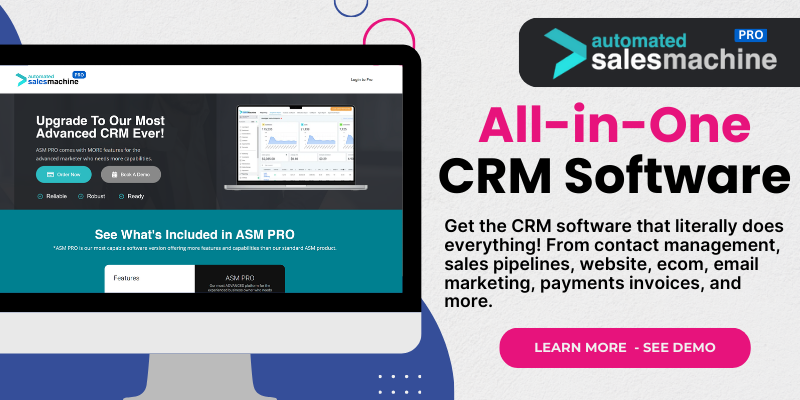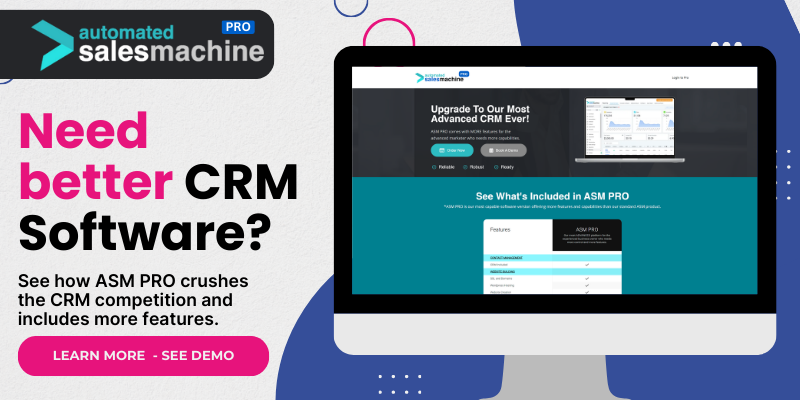Enhanced Customer Insights
Understanding Customer Preferences
One of the first things I noticed when integrating POS with CRM software was how much easier it became to understand what my customers truly preferred. I could see patterns in their buying habits that I never noticed before. It’s like having a personal shopper in my store who whispers in my ear about what each customer is probably interested in.
With detailed reports and analytics, I could analyze previous purchases and demographic data, allowing me to tailor my marketing campaigns more effectively. Imagine sending an email offering a discount on items your customers repeatedly purchase—now that’s a recipe for success!
Understanding these preferences not only makes your customers feel valued but directly impacts your sales, as you’re effectively catering to their tastes.
Personalized Marketing Strategies
Have you ever received a marketing email that felt like it was written just for you? That’s the kind of experience you can create when you integrate your POS with CRM. I learned that personalized marketing isn’t just a buzzword; it’s now a business necessity.
By knowing someone’s previous purchases, I can design marketing campaigns that target specific groups. For instance, if a customer frequently buys outdoor gear, sending them promotions or updates on new camping products feels relevant and timely!
Personalization leads to higher conversion rates and improved customer loyalty. It shows customers that you care about their preferences and aren’t just another business trying to push products.
Tracking Customer Interactions
This integration allows tracking every touchpoint customers have with my business—from the first time they walk in the door to their latest purchase. Having all this information in one place is a total game-changer!
From forgotten birthdays to significant anniversaries, I find it much easier to connect and engage with my clients. This data helps me not only in managing customer relations but also in planning customer appreciation events or sending out surveys to gather feedback.
Building that relationship based on consistent and informed interactions makes my customers feel special. Trust me; they notice the effort!
Streamlined Operations
Efficiency in Transactions
Another incredible benefit I’ve experienced is how integration streamlines transactions at the checkout. By merging POS and CRM, when a customer checks out, their data is automatically pulled up, ensuring a swift and smooth transaction.
No more fumbling around for customer information or accidentally sending them to the wrong queue! This has significantly improved my store’s efficiency during busy hours, reducing wait times and increasing customer satisfaction.
When my team is trained on using this integrated system, it minimizes human error, making everything flow just a tad smoother, and we keep our focus on providing great service.
Inventory Management Made Easy
Having real-time inventory updates is one of the features I absolutely love. Integrated systems allow automatic updates, so I always know what’s in stock versus what needs to be ordered.
There’s nothing worse than running out of a popular item just before a big sale. This integration has saved me from countless embarrassing “sorry, we’re out” moments. Now, I can actively manage inventory, leading to better product availability and fewer missed sales.
Additionally, I can track what’s selling well, so I can continuously tweak my offerings to maximize profits. It’s all about staying ahead of the game!
Centralized Data Management
With data stored in one place, accessibility becomes a breeze. I can easily pull reports to analyze sales trends, customer behaviors, and performance by department—all in a single dashboard. Seriously, this has made my life so much easier.
This centralized management not only saves me time—it reduces the chances for mistakes. Instead of juggling multiple systems, everything is tied together beautifully. If my team requires specific data insights, we can access it quickly, leading to better, data-driven decisions.
It’s this clarity of overview that empowers me to make proactive adjustments rather than reacting to issues as they arise.
Improved Customer Experience
Faster and Personalized Service
As I mentioned before, personalized service is paramount, and this integration allows me to deliver it more efficiently. Customers appreciate when they’re recognized and greeted by staff who already know their preferences.
Imagine walking into a store where the staff not only remembers you but knows exactly what you like and can serve you fast. This adds a layer of understanding that fosters loyalty and keeps folks coming back for more.
Plus, with the streamlined processes, the checkout experience becomes far quicker, ensuring satisfied customers who won’t think twice about returning for more shopping.
Better Problem Resolution
Every customer service strategy includes handling complaints or concerns. When I have all customer interactions logged and easy to access, resolving issues becomes a walk in the park.
I can see past interactions at a glance and understand the root of a problem. This way, I don’t need to engage customers in the history lesson. Instead, I resolve their issues swiftly and effectively.
Any loyalty or rewards programs I offer are also more efficiently managed, further reinforcing positive relationships with my clients.
Building Loyalty Programs
In the past, I struggled to streamline my loyalty programs simply because the systems were disconnected. But with integration, I can track customer points, gift cards, and promotions all in one place. This has made it super easy to create effective rewards programs.
Customers love feeling valued, and hands-down, loyalty programs are a perfect way to foster that feeling. When they get emails about their points or exclusive offers based on previous purchases, they’re much more likely to engage and make a return visit.
The more value I offer, the more likely they are to come back. It’s a win-win for everyone involved!
Increased Sales and Revenue
Targeted Upselling and Cross-Selling
Integrating POS and CRM has significantly boosted my ability to upsell and cross-sell. By knowing what my customers have previously purchased, I can suggest complementary products at checkout that genuinely fit their needs.
Cross-selling is fun when it’s done right. For instance, if a customer buys a pair of hiking boots, suggesting trail maps or waterproof spray feels natural, and customers respond positively!
These small suggestions have led to a notable increase in average transaction values, which, let’s be honest, is what we all want as business owners.
Seasonal Promotions and Sales
When I run seasonal promotions, targeting the right customers can make or break the success of a sale. With integrated systems, I can pull lists of customers who bought seasonal items last year and reach out to them again!
This targeted approach ensures that my promotional efforts aren’t just shot in the dark; they go directly to individuals who’ve previously shown interest in the products.
It’s exciting to witness the uptick in sales during promotional events thanks to the data-driven marketing strategies formed from integrating systems.
Long-Term Customer Relationships
The heart of any business is its customers. I’ve seen firsthand how integration fosters long-term relationships, ultimately increasing my overall revenue. Happy customers often turn into loyal ones, and loyal patrons are efficient in self-advertising through word of mouth.
When I prioritize customer satisfaction through better service and personalized experiences, I build trust. That trust inevitably leads to more purchases down the road and often encourages referrals.
Long-term relationships are where the real money’s at! Enjoying the ripple effect that comes with happy customers has transformed my business approach.
FAQ
1. What does POS and CRM integration mean?
POS (Point of Sale) and CRM (Customer Relationship Management) integration means combining these two systems so they can share data and benefit from each other’s functionalities, allowing businesses to manage sales transactions and customer relationships seamlessly.
2. Can small businesses benefit from this integration?
Absolutely! Small businesses often benefit greatly from integrating POS and CRM as it helps streamline processes, improve customer service, and enhance marketing efforts without requiring a massive budget.
3. Will this integration work for any industry?
While primarily beneficial in retail and hospitality, the integration of POS and CRM can be tailored for any industry that involves customer interactions, making it versatile across various business models.
4. Does this integration require a significant investment?
While there is some initial investment involved in setting up the integration, the long-term benefits and increased efficiency typically outweigh the costs. There are various solutions at different price points, so it’s worth exploring options that fit your budget.
5. How can I maximize the benefits from integration?
To maximize benefits, ensure proper training for your staff on how to use the integrated system effectively. Regularly track data analytics for continuous improvement, and listen to your customers for feedback to refine your strategies.

